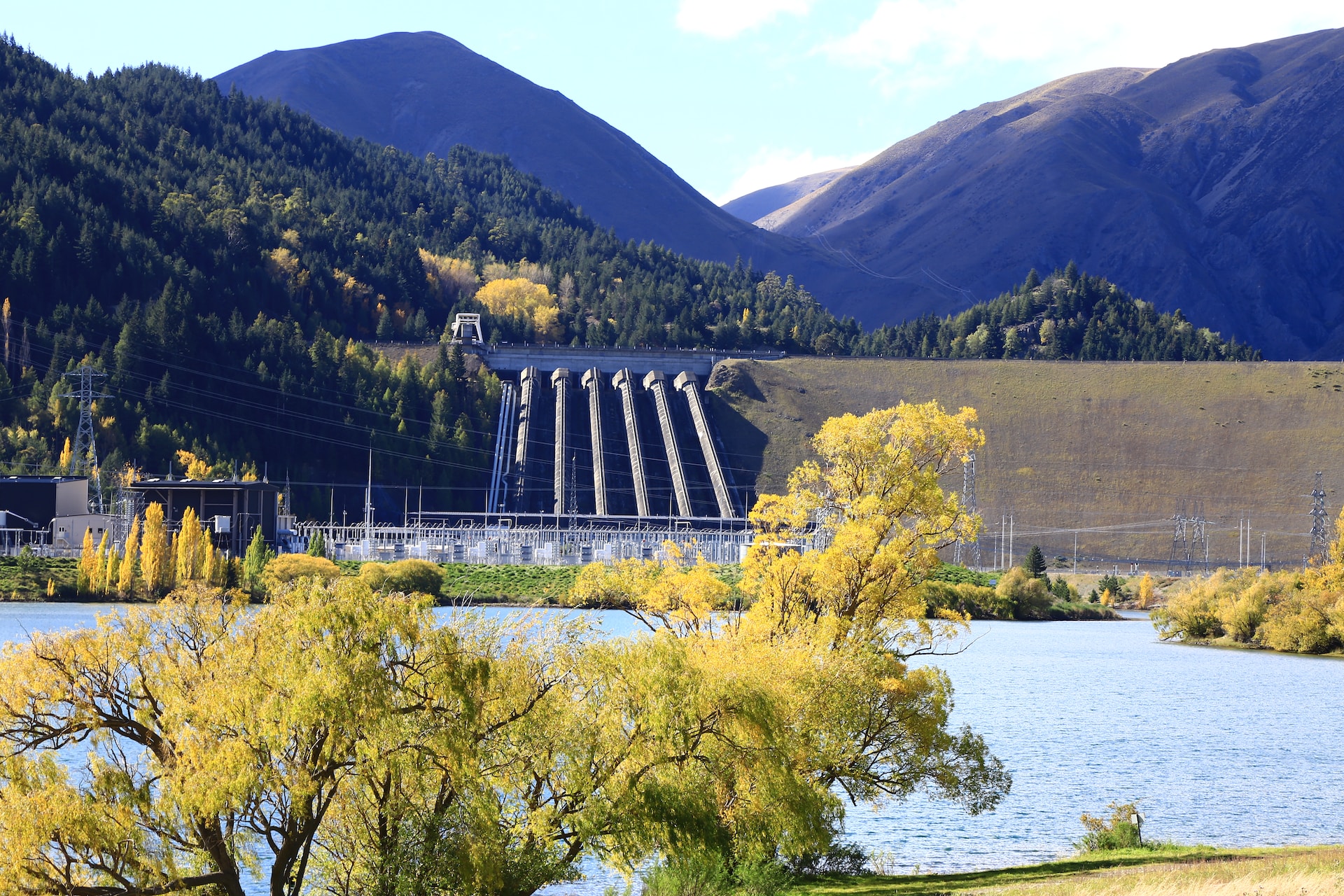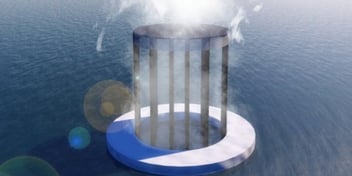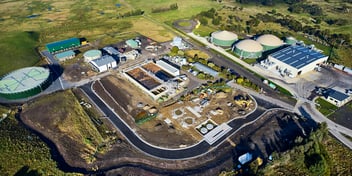Water management central to the success of renewable energy transition

Water availability is beginning to be acknowledged as a central risk involved in new renewable energy projects, and one leading water expert says the success of the unfolding energy transition will be underpinned by a shift in how water has previously been valued.
In order to de-risk the energy transition, GHD Water for Future Fuels Lead Matthew Brannock said water sourcing and management must be front of mind and carefully considered from the very beginning of renewable energy projects.
“Security of water supply is a big hurdle for renewable energy projects, particularly hydrogen. For a project to be bankable, it has to have a secure supply. Some energy companies understand the complexity of this, some don’t,” he said.
“Water tends to be valued more by companies that have had previous experience with water, including supply to site, gaining approvals for use of various sources, treatment and for disposal of byproducts or waste streams, which are generally more salty versions of the feed streams.
“The entities that have come from industries where water hasn't been as integral to the process don't always fully understand the different issues and hurdles that water can present, both in terms of getting the project up and running, but also continuing operation.”
While water is not the biggest challenge facing renewable energy projects, but it can be a major hurdle. Brannock said it’s time to start planning for the most efficient and effective application of this resource.
“Water is not something that happens on the side. It is needed to make these projects happen. We need to be thinking about water as an integrated component throughout the overall project,” he said.
“There is no silver bullet. Every single project is different, and has its own unique set of variables, particularly in relation to siting and the location. But the selection of an appropriate climate-independent water source is a crucial consideration.
“We also need to be mindful of waste streams, and how they can be reused or managed sustainably. This links with water security, because the more we think about recovering water from waste streams, the less demand we’ll have for raw water.
“Making projects more sustainable is what the water sector tends to do by default. But we need our energy transition projects to think in those terms, too, as it will also make the water aspects more reliable.”
Risky business
When it comes to reducing water risks involved in renewable energy projects, Brannock said many of the challenges involved are about location.
“Inland renewable energy projects that require water would need to deal with transporting water long distances, potentially, or be forced to use brackish groundwater, which requires additional treatment and produces additional waste streams,” he said.
“Building pipelines across Australia is not really feasible. It’s too expensive and water is very heavy. A water grid is not the same as a power grid. It’s going to be challenging and there will have to be new water sources to meet these demands.”
Urban demand and community concerns are also a key consideration when deciding on a location for renewable energy projects, Brannock said, which is an issue that will only intensify as populations increase.
“If you’re located near a large population centre, you are going to start competing with the community for that water source,” he said.
“There’s been suggestions that we should be using recycled water for hydrogen production. But I suspect that it won’t be long before the community starts to raise concerns about that, because the community is starting to value recycled water a lot more.
“Population growth is a big risk. Sharing around existing surface water sources is becoming more difficult, due to population growth but also climate change. Setting up renewable energy projects in direct competition with communities could prove to be really problematic in future. There may also be co-benefits in certain circumstances.”
Hydrogen minded
Demand for water in the energy transition will dramatically increase if hydrogen becomes a big part of our future, Brannock said, and the idea of relying more heavily on desalination is growing in popularity.
“Desalination is being seen as highly valuable and sustainable, especially with the energy transition converting a lot of the power needed for the process to renewable energy. Desal is starting to be seen as a very stable source for all kinds of applications,” he said.
“But we still need to be careful. There are only so many easily accessible intake locations for seawater desalination. It’s starting to get challenging to get seawater desalination projects up and running in urban areas because of population growth and limited land,” he said.
“There are also community concerns about impacts around intakes and outfalls sites. A lot of those concerns can be addressed if you have the right hydrodynamics in the area, but that means sites are limited.”
Brannock said the first thing a hydrogen project needs is a location close to renewables and an export route, but often these locations aren’t ideal for water demands or release of waste streams.
“Energy producers need to understand that because of the challenges, it's not going to be a three-to-four year window to get access to water, it's going to be more like 10 years,” he said.
“The most innovative thing we can do is start thinking about these renewable energy projects in a really integrated manner.
“For hydrogen, we need to go for cooling solutions that minimise the use of water. Cooling is often in response to the ambient temperature, so often water demands go up on hot days. But we could also derate production when water use is high.
“We could also run electrolysers at a high temperature, which reduces water requirements.”
Future innovation
Brannock said there is a range of innovative technologies emerging, both on the energy and water side of these projects, which can be leveraged to achieve more efficient use of both resources.
“A big part of this is recycling your waste streams back into the process,” he said.
“One example with water is air-water generation. While this technology is currently too energy intensive and under-developed for wide-spread large-scale application, however the heat produced from electrolysis could be used to drive the process.
“But a lot of these innovative options are still a long way off, so that needs to be kept in mind, as well.”
And, while there are some really new technologies and approaches being developed, water still needs to be considered of primary importance, Brannock said.
“We need to think of water first to look at these innovative technologies, anyway. So valuing reliable water highly must always come first,” he said.



